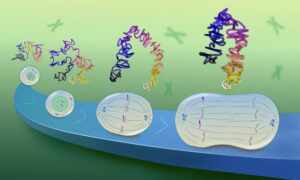
How chromosomes shape up for cell division
EMBL scientists have shown how overlapping loops of DNA stack upon each other in dividing cells to give rise to rod-shaped chromosomes.
SCIENCE & TECHNOLOGY2025
science-technology
Showing results out of

EMBL scientists have shown how overlapping loops of DNA stack upon each other in dividing cells to give rise to rod-shaped chromosomes.
SCIENCE & TECHNOLOGY2025
science-technology
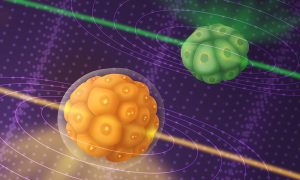
A new microscope built by EMBL researchers, based on Brillouin scattering principles, allows scientists to observe the dynamics of mechanical properties inside developing embryos in real time.
LAB MATTERSSCIENCE & TECHNOLOGY2023
lab-matterssciencescience-technology
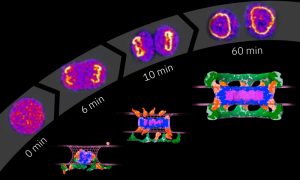
EMBL Heidelberg researchers and their collaborators reveal how the nuclear pore complex, one of the biggest molecular machines in eukaryotic cells, is assembled one protein at a time.
SCIENCE & TECHNOLOGY2023
sciencescience-technology

The EMBL Imaging Centre is preparing for external user access, after an on-time and on-budget build and handover to the science team.
CONNECTIONSLAB MATTERS2021
connectionslab-matters
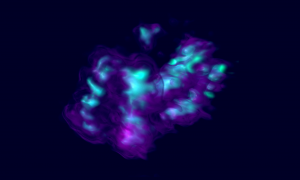
In human cells, the genetic material is packaged into 23 different DNA molecules, the chromosomes. Each chromosome is present in two copies, one inherited from the paternal sperm, and the other from the maternal egg. During most of the cell’s life, chromosomes take the shape of long,…
SCIENCE & TECHNOLOGY2020
picture-of-the-weekscience-technology

Judith Reichmann will receive this year’s Paul Ehrlich and Ludwig Darmstaedter Prize for Young Researchers
EMBL ANNOUNCEMENTSLAB MATTERS2020
embl-announcementslab-matters
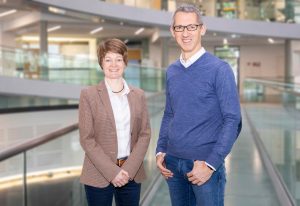
EMBL’s Jan Ellenberg reflects on the process of forming a European research infrastructure
LAB MATTERS2019
lab-matters
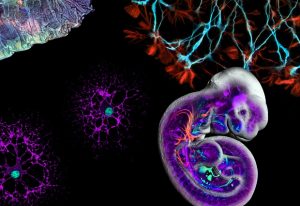
Euro-BioImaging now established as a European Research Infrastructure Consortium
CONNECTIONSLAB MATTERS2019
connectionslab-matters
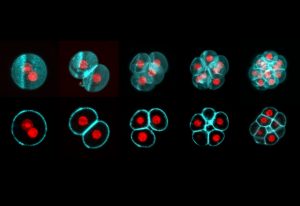
All mammalian life starts with the fusion of egg and sperm, resulting in the creation of a single cell called a zygote. This develops into an embryo through a series of cell divisions, in which the number of cells doubles at each step. Todays’ Picture of the Week was taken by Manuel Eguren of the…
SCIENCE & TECHNOLOGY2019
picture-of-the-weekscience-technology
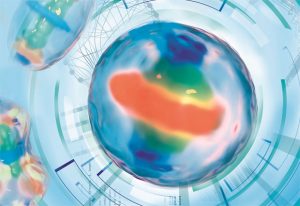
Real-time tracking of proteins during mitosis is now possible using a 4D computer model
SCIENCE & TECHNOLOGY2018
sciencescience-technology
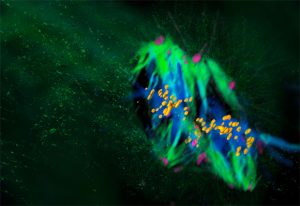
Mammalian life begins differently than we thought
SCIENCE & TECHNOLOGY2018
sciencescience-technology

New research shows how pores form in the membrane that surrounds a cell’s nucleus
SCIENCE & TECHNOLOGY2017
sciencescience-technology
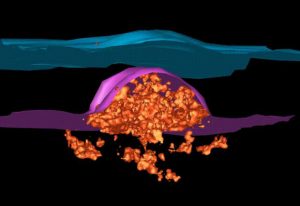
Puzzle of nuclear pore formation in growing nuclei solved
SCIENCE & TECHNOLOGY2016
sciencescience-technology
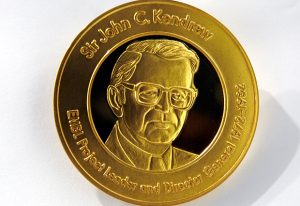
EMBL rewards the special work of alumni through the John Kendrew and Lennart Philipson awards.
EMBL ANNOUNCEMENTS2016
alumniembl-announcements
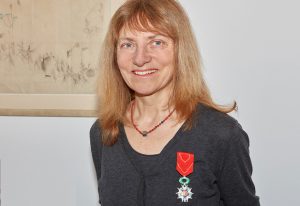
EMBL scientists regularly receive prestigious awards – meet the latest honourees.
LAB MATTERS2016
lab-matters
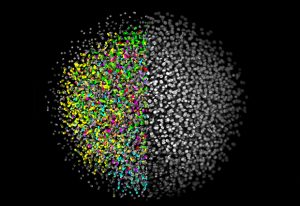
From initial development to a start-up company: Selective Plane Illumination Microscopy (SPIM) at EMBL.
SCIENCE & TECHNOLOGY2015
sciencescience-technology
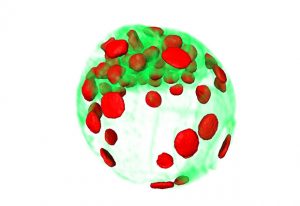
New microscope can record the first days of a mouse embryo’s life
SCIENCE & TECHNOLOGY2015
sciencescience-technology
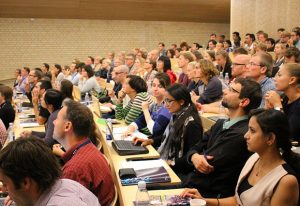
Renewals and reunions: EMBL’s Nordic partners look to the future.
CONNECTIONSLAB MATTERS2015
connectionslab-matters
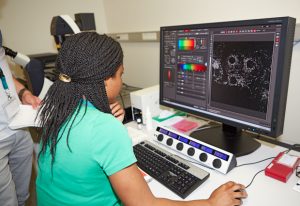
"It's like living a review!" Participants of recent super-resolution microscopy course share their highlights
CONNECTIONS2015
connectionsevents
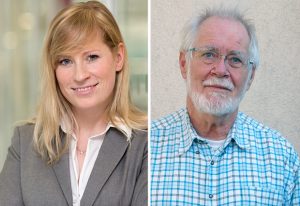
EMBL rewards the special work of alumni through the John Kendrew and Lennart Philipson awards.
PEOPLE & PERSPECTIVES2015
alumnipeople-perspectives
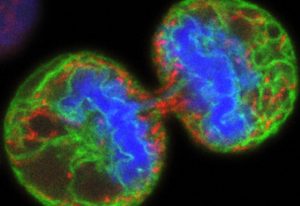
Collaboration between scientists reveals collaboration between lipids.
SCIENCE & TECHNOLOGY2015
sciencescience-technology

Major EU funding for CORBEL, facilitating access to data and biological imaging facilities.
LAB MATTERS2015
lab-matters
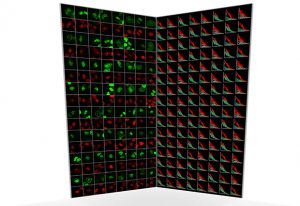
New fully automated technique enables scientists to chart complex protein networks in living cells.
SCIENCE & TECHNOLOGY2015
sciencescience-technology
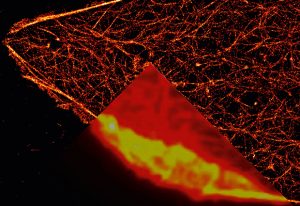
How Nobel-winning work by alumnus Stefan Hell shapes and inspires current EMBL scientists' research.
SCIENCE & TECHNOLOGY2014
sciencescience-technology
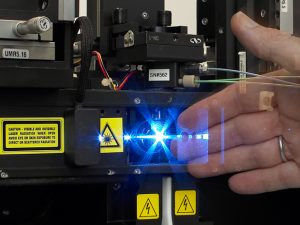
Flow cytometry: finding needles in haystacks
SCIENCE & TECHNOLOGY2014
sciencescience-technology
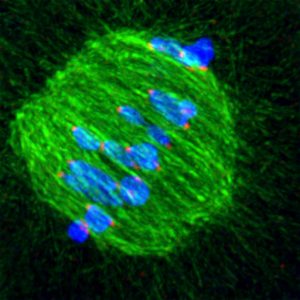
When an egg cell is being formed, the cellular machinery which separates chromosomes is extremely imprecise at fishing them out of the cell’s interior, scientists at the European Molecular Biology Laboratory (EMBL) in Heidelberg, Germany, have discovered. The unexpected degree of trial-and-error…
SCIENCE & TECHNOLOGY2011
sciencescience-technology
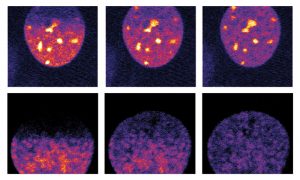
The sight of a researcher sitting at a microscope for hours, painstakingly searching for the right cells, may soon be a thing of the past, thanks to new software created by scientists at the European Molecular Biology Laboratory (EMBL) in Heidelberg, Germany. Presented today in Nature Methods, the…
SCIENCE & TECHNOLOGY2011
sciencescience-technology
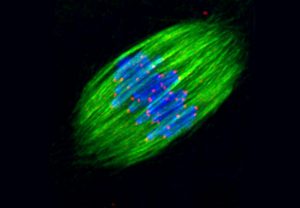
From microscopy to computer tomography (CT) scans, imaging plays an important role in biological and biomedical research, but obtaining high-quality images often requires advanced technology and expertise, and can be costly. Euro-BioImaging, a project which launches its preparatory phase today,…
SCIENCE & TECHNOLOGY2010
sciencescience-technology
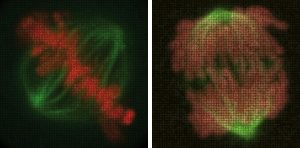
Name a human gene, and you’ll find a movie online showing you what happens to cells when it is switched off. This is the resource that researchers at the European Molecular Biology Laboratory (EMBL) in Heidelberg, Germany, and their collaborators in the Mitocheck consortium are making freely…
SCIENCE & TECHNOLOGY2010
sciencescience-technology
No results found